We all rely on a well-functioning road network to access jobs, education, leisure, goods and services, so ongoing investment in our roads is vital for economic recovery and growth.
Roads are also a vital part of a multi-modal transport network. They support the first and last miles of all journeys – providing footpaths and cycleways, ensuring public transport routes are efficient and reliable, and supporting local deliveries and emergency services.
With 97% of personal journeys and 88% of freight movements in the North made using our highways, roads are central to our way of life. And with close to 70% of all vehicle kilometres on the Major Road Network, our major roads have a vital role in underpinning economic activity, opening up access to jobs, goods and services and in enabling growth in new employment and housing.
Download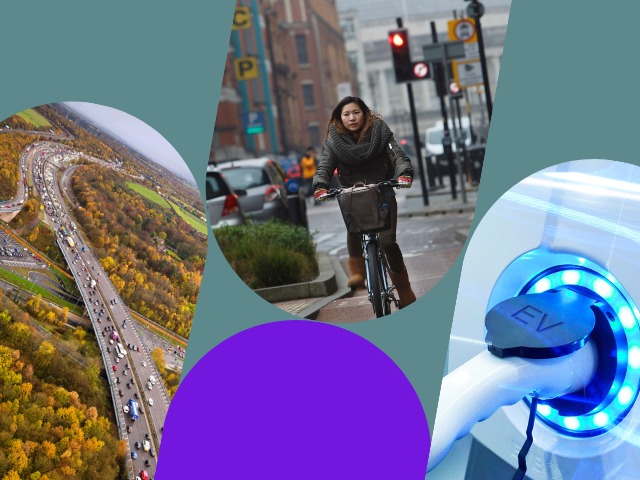
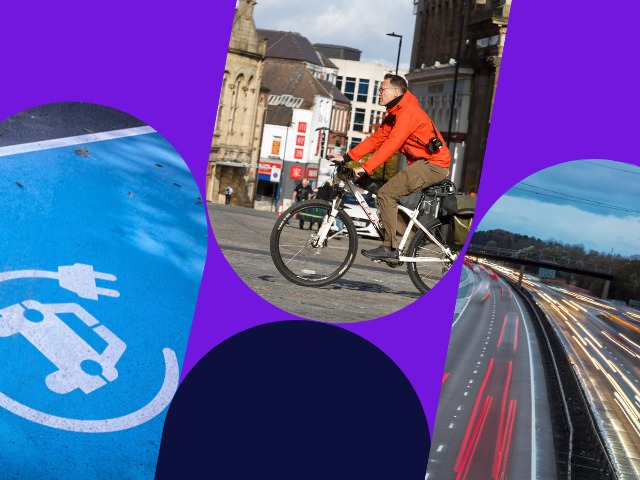
Our ambition is for everyone using roads in the North to experience one seamless network that enables sustainable, safe, reliable and resilient multi-modal journeys.
Major Roads Report Summary | Dec 2021Working together with our members we have identified and mapped a Major Road Network (MRN) for the North – a network consisting of the North’s economically important roads.
This network, which includes both the Strategic Road Network (SRN) and important local roads, representing approx. 7% (by distance) of the roads in the North, and links the North’s important centres of economic activity, including the first and last miles to and from the SRN.
While total traffic volumes are greatest on roads operated and managed by National Highways, known as the Strategic Road Network (SRN), this only accounts for 2% of the road network in the North.
Almost all road journeys start and finish on local roads, including those first and last miles of a journey that can make all the difference as to whether goods or people make it in time and as efficiently as possible.
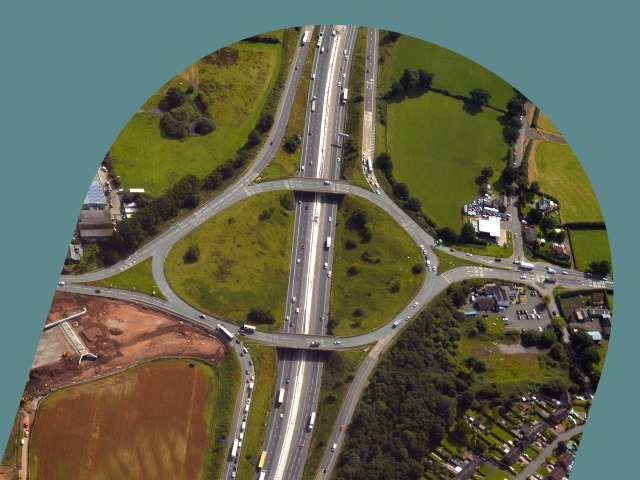
These include
There is a direct link between better connectivity to these assets and enabling the North’s economy to realise its potential
With our partners, we have identified four conditional outputs against which the performance of the MRN will be monitored:
We want to create reliable, safe and efficient roads for the future, which is why we’re working with our partners to improve the North’s road network through better use of existing infrastructure and planned upgrades.
At present, 87% of freight movements are on our roads. Our goal is to move more freight by rail, and, where appropriate, inland waterways. But even in the most ambitious scenarios road freight will continue to be by far the dominant mode, with continued growth of freight on light goods vehicles likely to remain a significant trend.
Freight and Logistics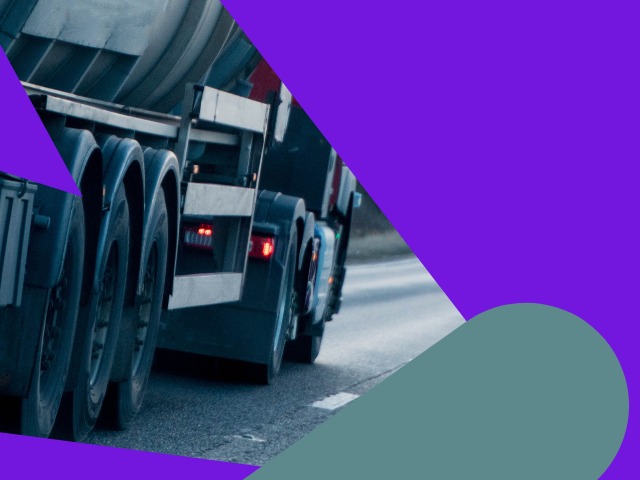

Recognising the need to ensure that our policymaking and statutory advice should account for a sophisticated range of future uncertainties, in 2020 we completed work on updating and identifying four plausible Future Travel Scenarios looking ahead to 2050. Our scenarios take a whole system view to capture social, spatial, economic, technology.
Future Travel ScenariosTransport is the largest contributor to UK domestic greenhouse gas (GHG) emissions, contributing 28% of emissions.
Our analysis of surface transport emissions in the North shows that 26 mega-tonnes of carbon dioxide (CO2) were emitted from surface transport in 2018, representing nearly one-quarter of UK road emissions and 6% of total UK emissions. Over half of those emissions were generated by cars, with HGVs and vans producing 28% and 11% of surface transport emissions respectively. Bus and rail, on the other hand, represent just 5% of emissions.
Read more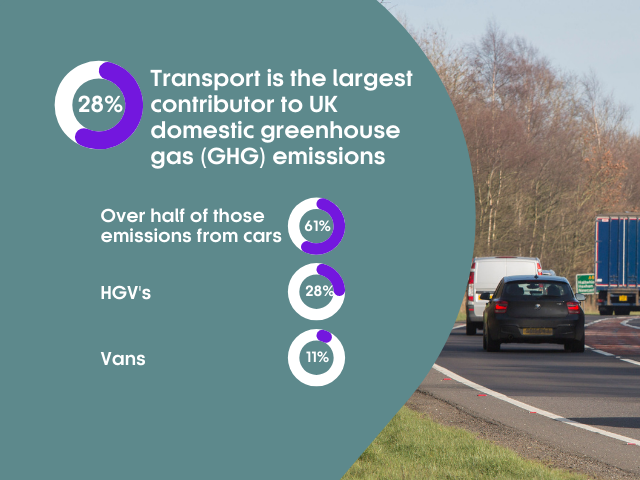

Roads must be a sustainable part of our way of travelling for generations to come, by actively providing for public transport alongside active travel.
Our major highways and rural roads are not just for cars and lorries, they have a crucial role in ensuring safe and sustainable local connectivity to transport hubs for cyclists and pedestrians.
We support the delivery of a real step-change in the quality of cycling infrastructure with the Investment Programme acting as a catalyst for the development and delivery of improved sustainable transport routes across the North.
Read moreThis diagram outlines the recommended process for considering an initial transport options appraisal, starting with a question on whether there is a need to facilitate more travel, followed by consideration of options before making a decision on whether there is a requirement for new road capacity.
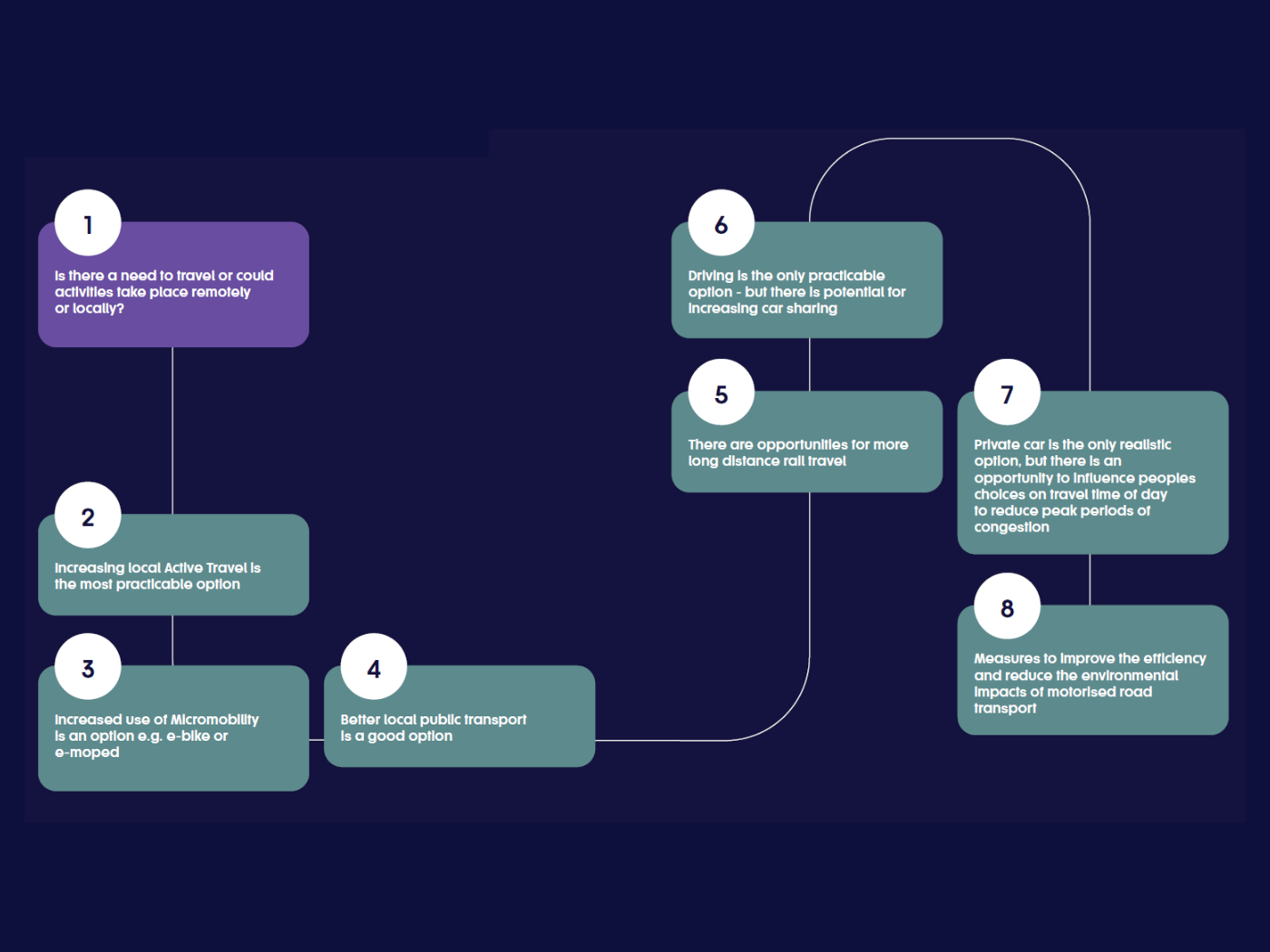
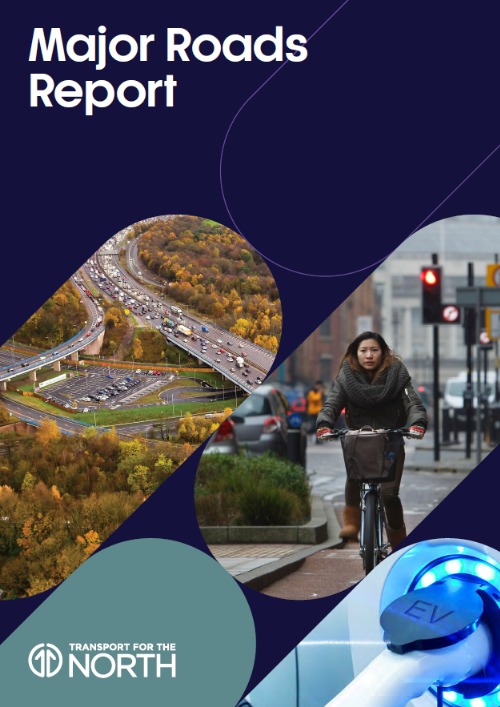
This Major Roads Report sets out the scale of the challenge as we look to enhance their safety and reduce their environmental impact.
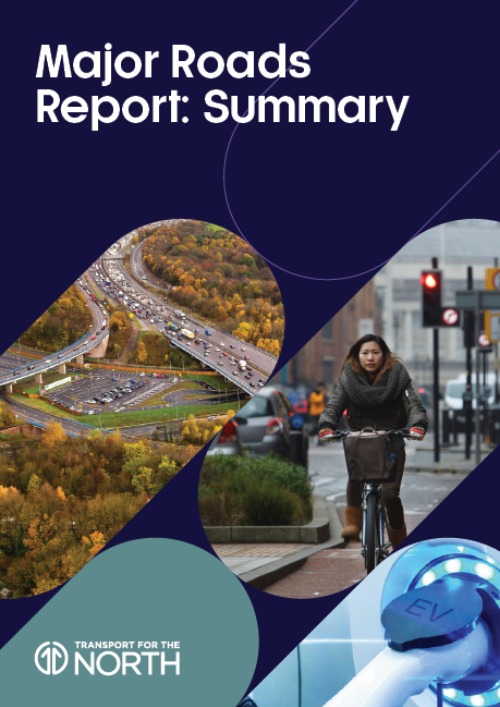
A summary of the Major Roads Report that outlines the critical role that the North’s strategic roads play in enabling our residents and businesses to go about their daily li
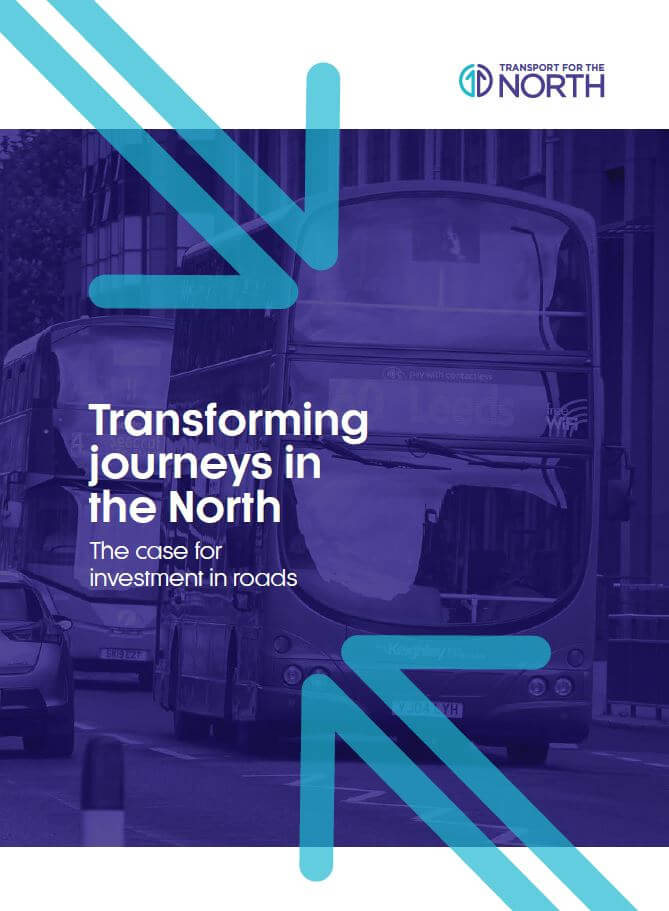
Transforming journeys in the North | The case for investment in roads: Transport for the North's pan-Northern bid to the National Roads Fund

It is important that the delivery of the Strategic Transport Plan is done is a way which protects the environment, protects the human health and allows as many different peopl
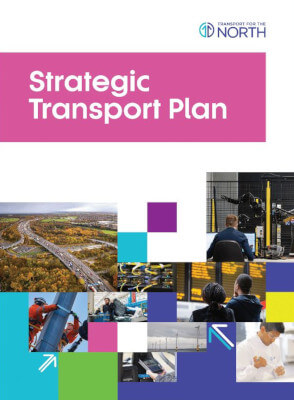
The first time the North has come together to outline the robust case for transformational transport investment across all of the North, to rebalance the UK economy
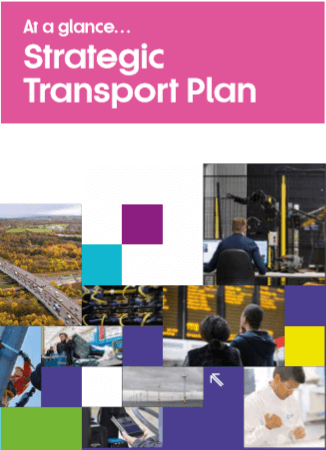
Setting out the key messages on the case for investment in transport and our work programmes
CLOSE POPUP [X]